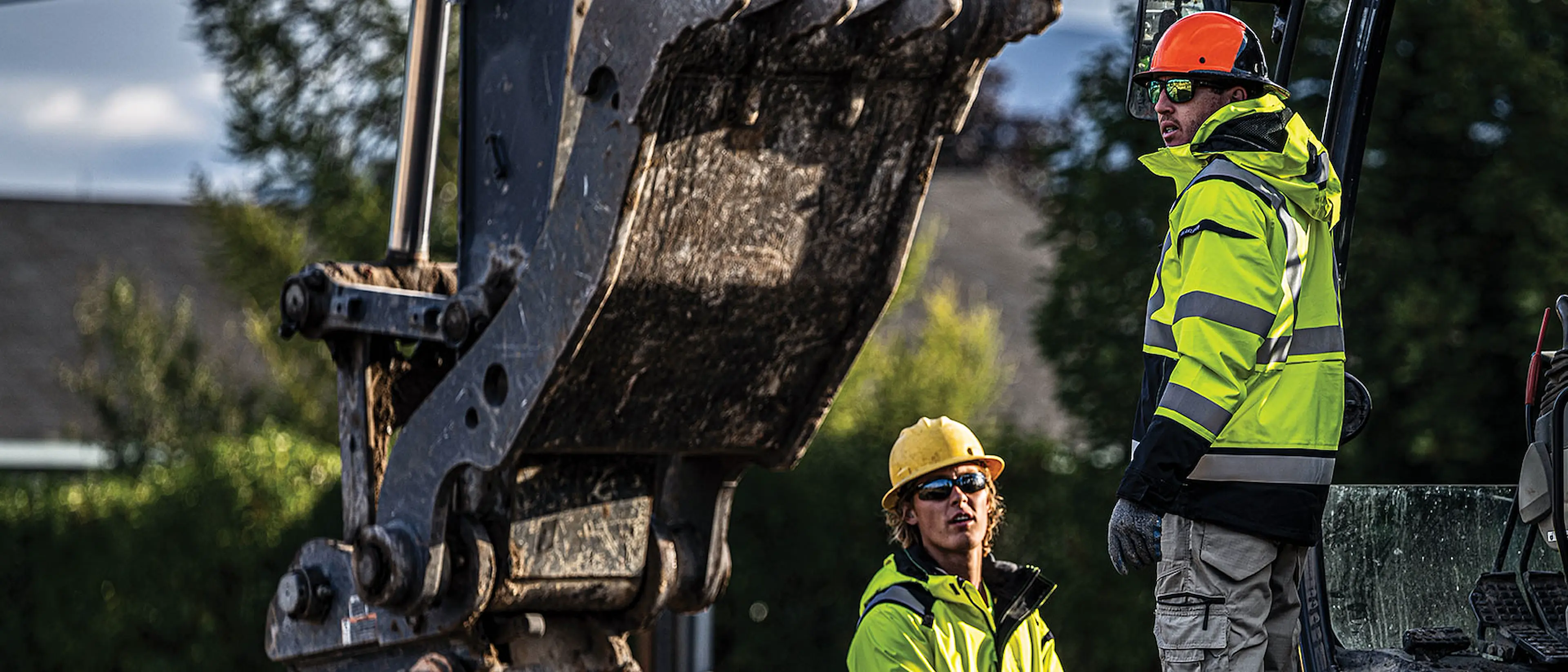
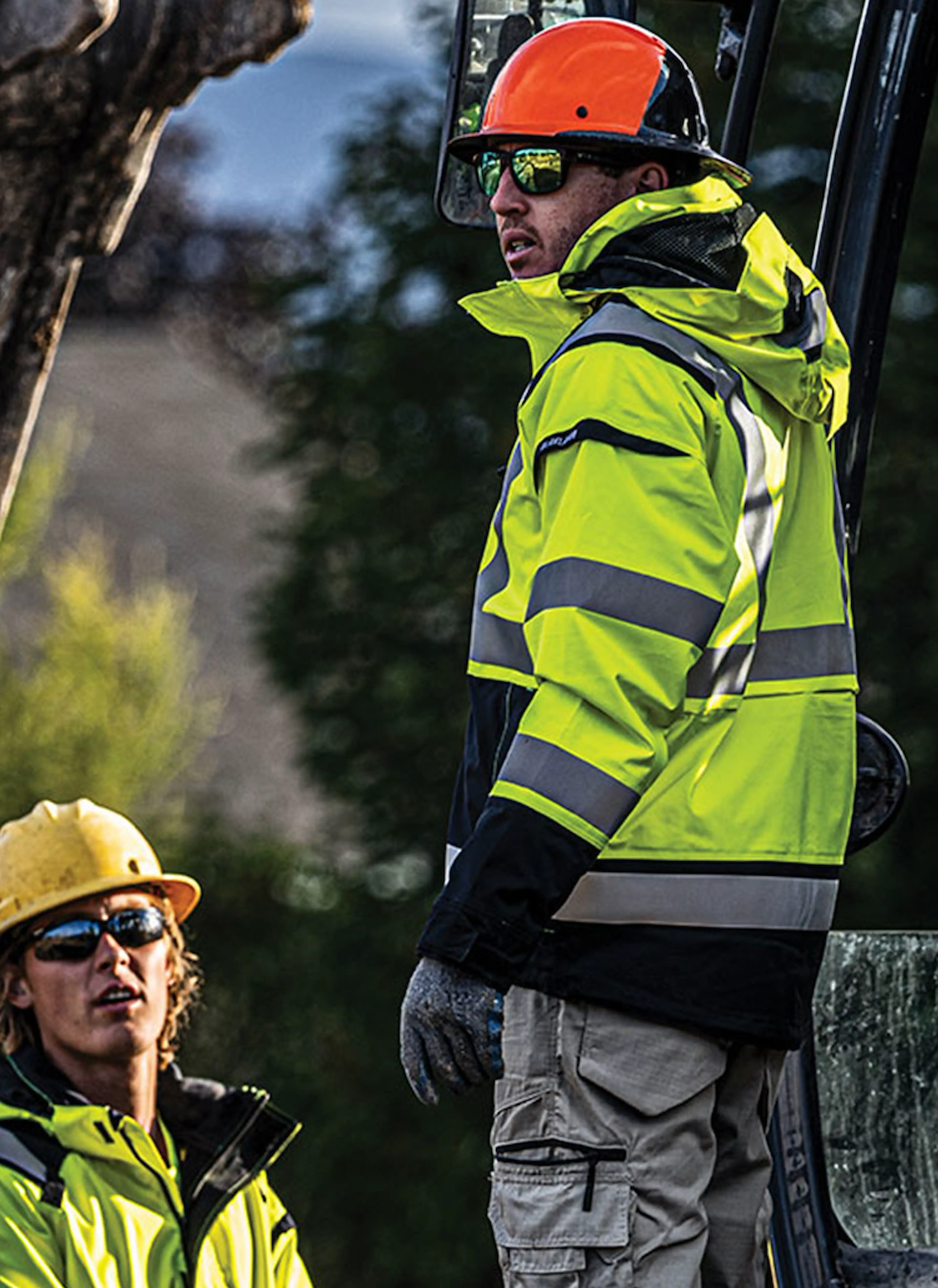
HIGH VISIBILITY GUIDE
WHY SHOULD I USE HIGH VISIBILITY WORKWEAR?
With High visibility garments, you can be sure to stay visible day or night, in any kind of weather or work environment. Many commercial jobsites require specific safety ratings, but settle for low quality, poorly fitted garments to do the job. Professionals like yourself deserve a garment that will keep you protected and still fit properly and look good. Well, you’ve come to the right place.
Here are some pointers and tips on what you should think about.
– If you are not visible, you are in danger, it’s that simple. Garments with a high visibility function are the ones that protect you by letting you be seen in all situations. In simpler words: they are very important for your safety.
– Choose high vis workwear based on what profession and demand you have. Usually, the company you work for has its own rules and regulations when it comes to high vis garments, so be sure to check out what applies.
– You can be sure that Blåkläder can provide the right high visibility garments that you need. After years of extremely thorough studies and diligent testing, we have developed garments of the highest quality and protective ability.
– High vis garments are divided into three different classes, 1-3, and they start with class 1 which is the one with the least requirements for reflective surfaces and reflective tape on the garment. The higher the class, the higher the crucial visibility.
– The standard that specifies the performance requirements for high visibility protective clothing is ANSI/ISEA 107-2015. As well as performance requirements, the design of high-visibility garments must also satisfy certain criteria.
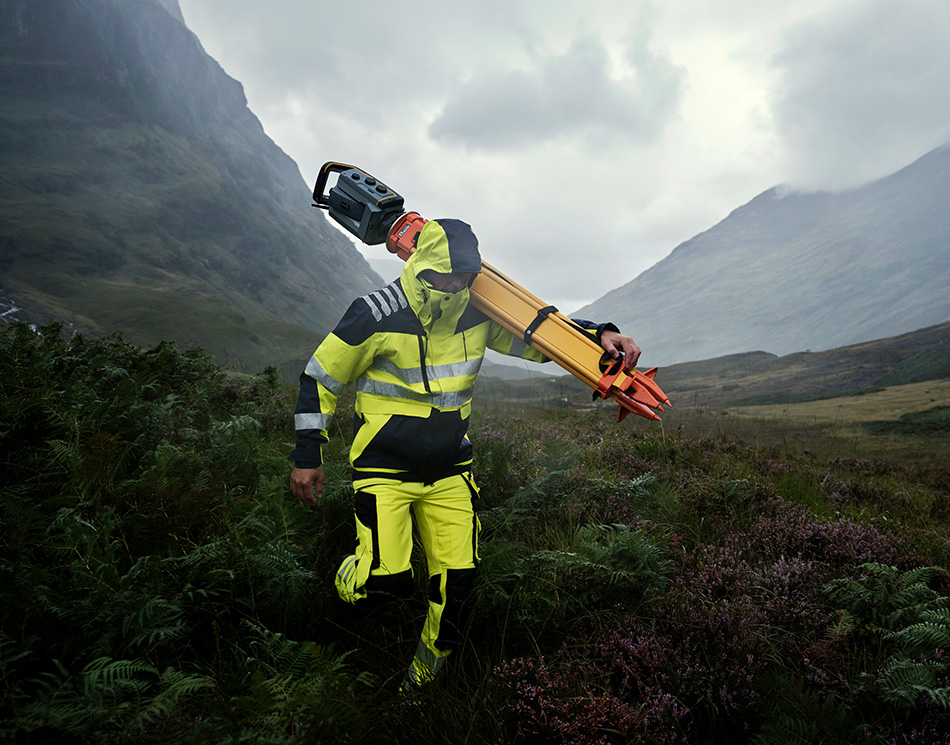
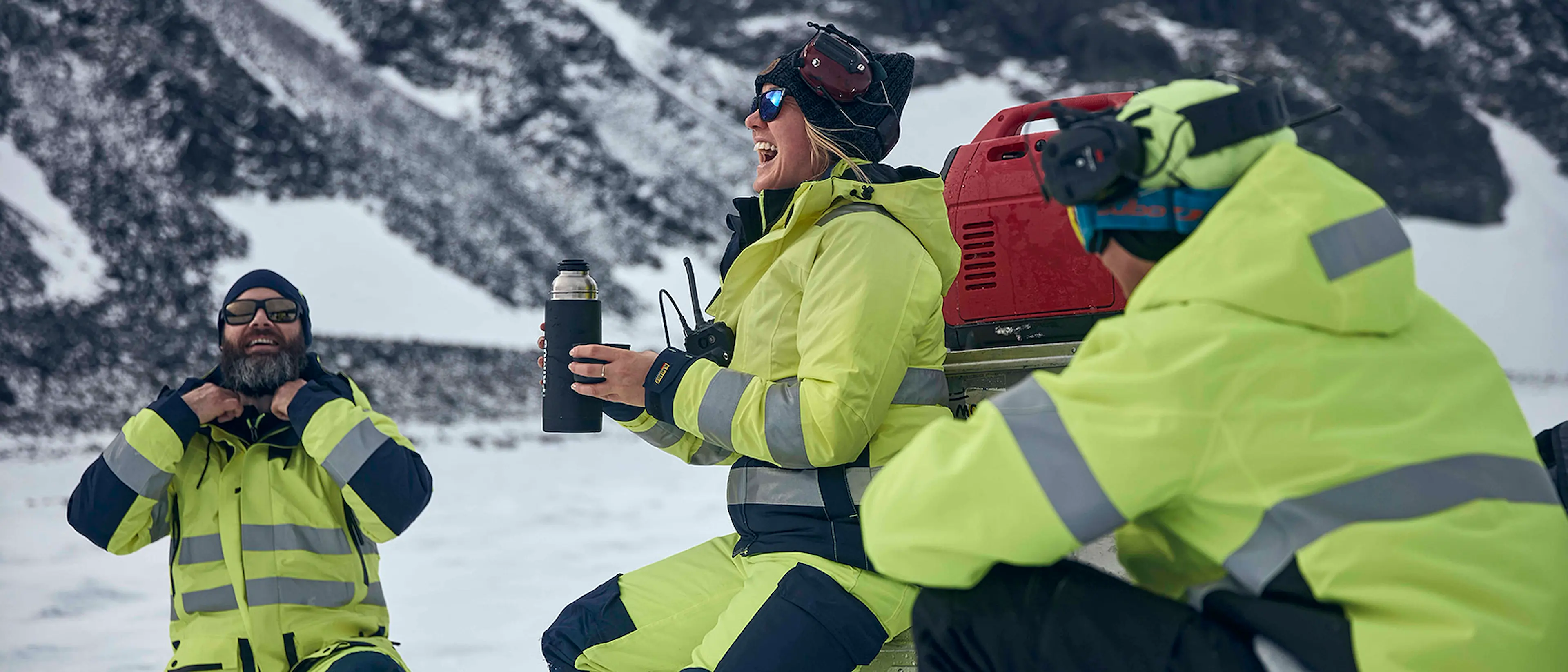
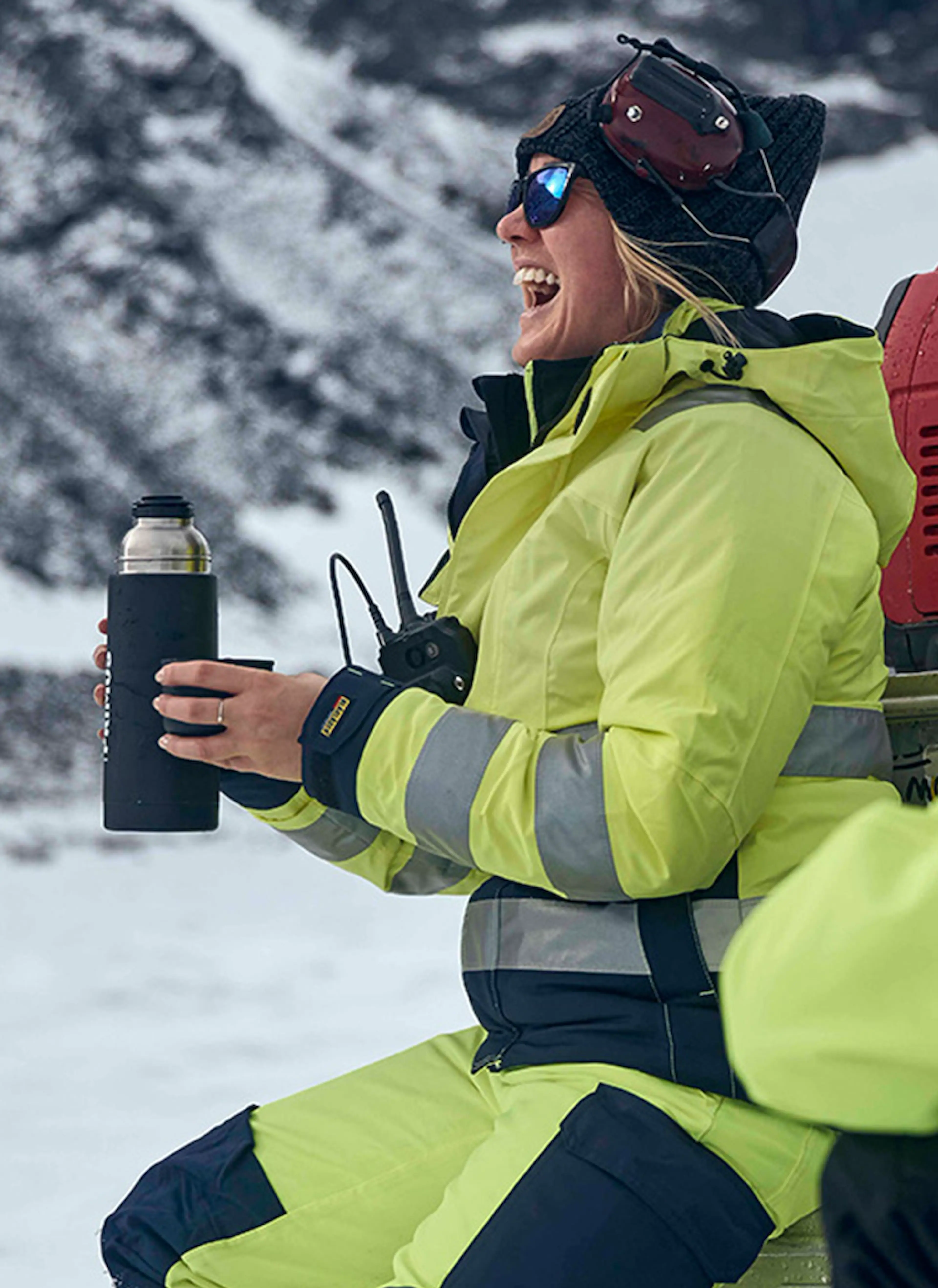
PROFESSIONAL CATEGORIES THAT USE HIGH VIS WORKWEAR
Here are the most common professional categories where you wear high visibility workwear: construction workers, road construction site workers, heavy equipment operators, road surveyors, railway workers, utility workers, and airport ground crews.
ANSI/ISEA 107-2015 – THE ONE THAT COUNTS
Protective clothing certified according to ANSI/ISEA 107-2015 provides the wearer with visibility in hazardous situations under all lighting conditions during the day and under the illumination of vehicle headlights in the dark. High requirements are set, including the fabric’s luminance and reflection. The garments are classified based on the area of visible material and in combination with the reflector area and specific design requirements.
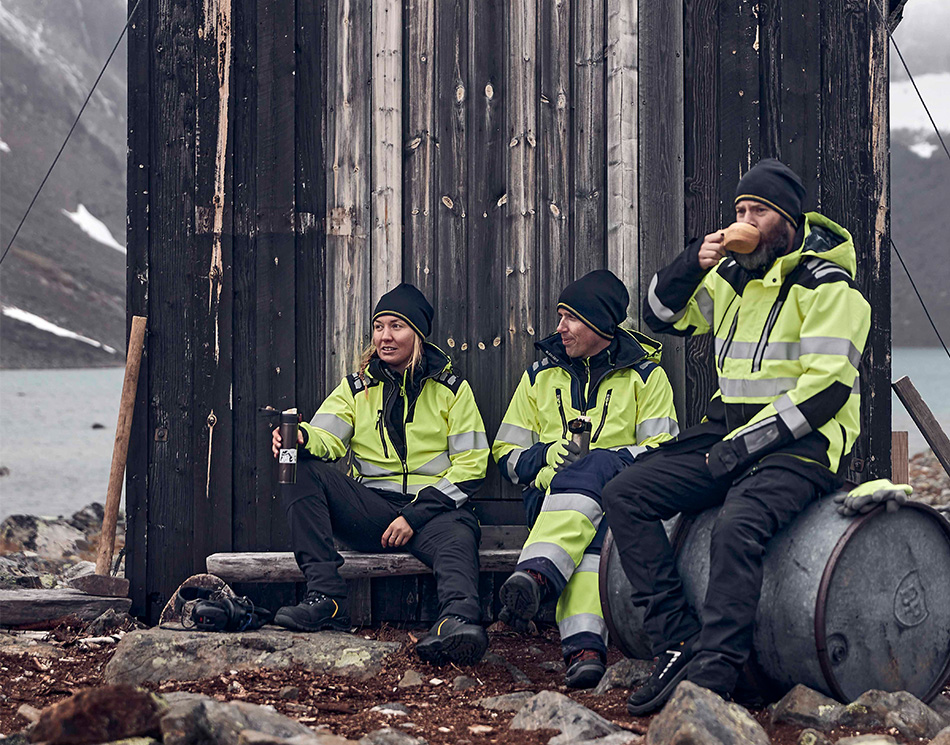
| Garment type | Performance Class | Backgorund Material | Reflective Material | Minimun Width Reflective Material |
|---|---|---|---|---|
| Type R Roadway and temporary Traffic Control zones | Class 2* | 0,50 m2 | 0,13 m2 | 25mm** 35mm |
| Class 3** | 0,80 m2 | 0,20 m2 | 25mm** 50mm |
*For the smallest size offered in Type R, Performance Class 2, a minimum of 0,35 m2 of background material may be used to accompdate small-sized workers. All subsequented larger sizes must use 0,50 m2
**For the smallest size offered in Type R, Performance Class 3, a minimum of 0,65 m2 of background material may be used to accompdate small-sized workers. All subsequented larger sizes must use 0,80 m2
| Garment type | Performance Class | Backgorund Material | Reflective Material | Minimun Width Reflective Material |
|---|---|---|---|---|
| Supplemental Items* Pants, Overalls, Shorts, Rain pants and Gaiters | Class E | 0,30 m2 | 0,07 m2 | 25mm** 50mm |
*When a supplement Class E item is worn with Performance Class 2 or 3, the overall classification forthe ensemble shall be Performance Class 3